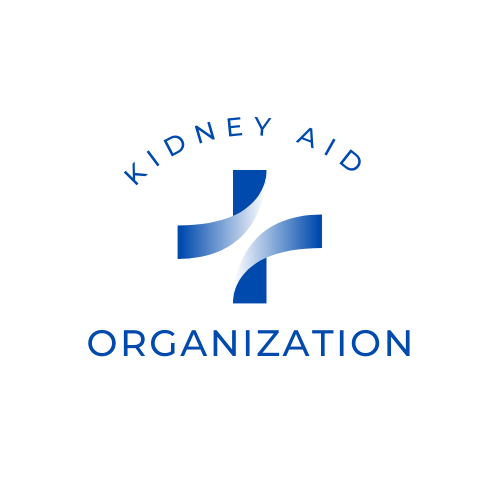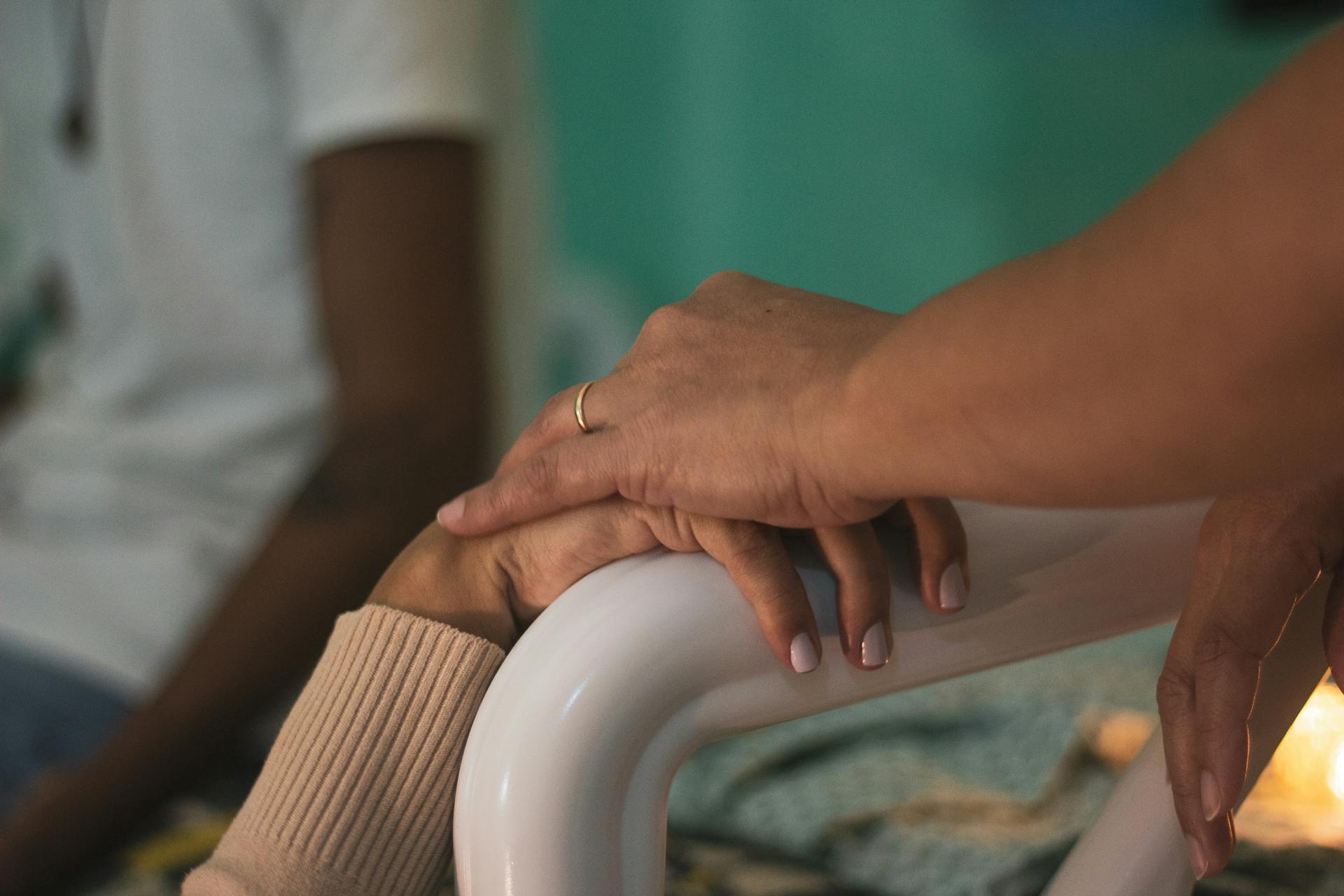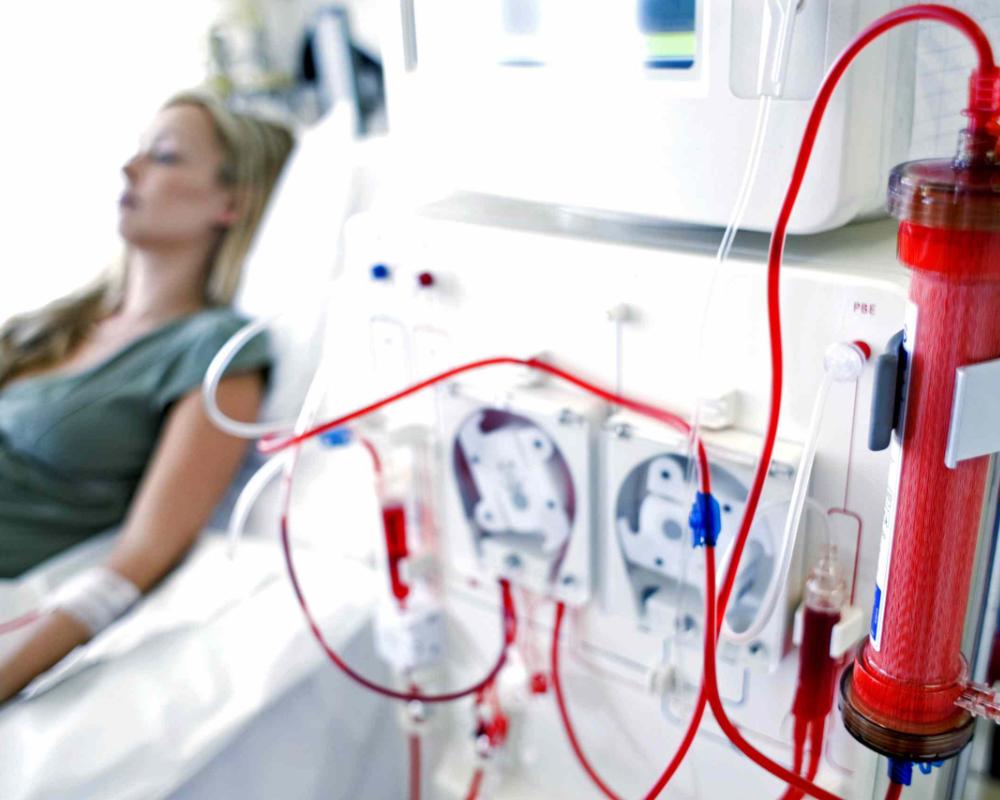Kidney pain is a symptom that can be both alarming and confusing. It often serves as a warning sign that something may be wrong with your kidneys, which are vital organs responsible for filtering waste, balancing fluids, and regulating blood pressure. When kidney pain occurs, especially in the context of kidney disease, it’s essential to understand the underlying causes, symptoms, and treatment options. This blog post will explore the relationship between kidney pain and kidney disease, helping you better understand this critical health issue.
What Are the Kidneys and What Do They Do?
Before diving into kidney pain and disease, it’s important to understand the role of the kidneys in the body. The kidneys are two bean-shaped organs located just below the rib cage, on either side of the spine. They perform several crucial functions, including:- Filtering Waste: The kidneys remove toxins, excess salts, and urea (a nitrogen-based waste) from the blood.
- Balancing Fluids: They regulate the body’s fluid levels by adjusting urine output.
- Regulating Blood Pressure: The kidneys produce hormones that help control blood pressure.
- Producing Red Blood Cells: They release erythropoietin, a hormone that stimulates red blood cell production.
- Maintaining Electrolyte Balance: The kidneys ensure proper levels of sodium, potassium, and calcium in the body.
What Does Kidney Pain Feel Like?
Kidney pain, also known as renal pain, is typically felt in the flank area—the sides of the abdomen, just below the ribs, and above the hips. It can occur on one or both sides, depending on the underlying cause. Kidney pain is often described as:- A dull, aching sensation
- Sharp or stabbing pain
- Pain that radiates to the lower abdomen or groin
- Pain that worsens with movement or pressure
Causes of Kidney Pain in Kidney Disease
Kidney pain can be a symptom of various kidney-related conditions, including kidney disease. Here are some common causes:1. Kidney Infections (Pyelonephritis)
A kidney infection occurs when bacteria from a urinary tract infection (UTI) spread to the kidneys. This can cause severe kidney pain, fever, chills, and nausea. If left untreated, it can lead to permanent kidney damage.2. Kidney Stones
Kidney stones are hard deposits of minerals and salts that form in the kidneys. When these stones move through the urinary tract, they can cause intense pain, often described as one of the worst pains imaginable. Kidney stones can also lead to kidney damage if they block urine flow.3. Polycystic Kidney Disease (PKD)
PKD is a genetic disorder characterized by the growth of cysts in the kidneys. These cysts can enlarge the kidneys and cause pain, as well as impair kidney function over time.4. Glomerulonephritis
This condition involves inflammation of the kidney’s filtering units (glomeruli). It can cause kidney pain, blood in the urine, and swelling in the legs and face. Chronic glomerulonephritis can lead to kidney failure.5. Acute or Chronic Kidney Disease
Kidney disease, whether acute (sudden) or chronic (long-term), can cause kidney pain in some cases. Chronic kidney disease (CKD) often develops slowly and may not cause pain in its early stages. However, as the disease progresses, pain can occur due to inflammation, infection, or complications like fluid retention.6. Hydronephrosis
This condition occurs when urine builds up in the kidneys due to a blockage in the urinary tract. It can cause kidney pain, swelling, and potential damage if not treated promptly.Symptoms Accompanying Kidney Pain
Kidney pain is rarely an isolated symptom. It is often accompanied by other signs that indicate kidney dysfunction or disease. These may include:- Changes in urination (frequency, color, or odor)
- Blood in the urine (hematuria)
- Swelling in the legs, ankles, or feet (edema)
- Fatigue and weakness
- Nausea and vomiting
- High blood pressure
- Shortness of breath
- Metallic taste in the mouth or bad breath
Diagnosing Kidney Pain and Kidney Disease
If you report kidney pain to your healthcare provider, they will likely perform a series of tests to determine the cause. These may include:- Physical Examination: Your doctor will check for tenderness in the flank area and assess other symptoms.
- Urine Tests: A urinalysis can detect blood, protein, or infection in the urine.
- Blood Tests: Blood tests can measure kidney function by assessing levels of creatinine and blood urea nitrogen (BUN).
- Imaging Tests: Ultrasound, CT scans, or MRIs can provide detailed images of the kidneys and urinary tract.
- Kidney Biopsy: In some cases, a small sample of kidney tissue may be taken for analysis.
Treatment Options for Kidney Pain and Kidney Disease
The treatment for kidney pain depends on the underlying cause. Here are some common approaches:1. Medications
- Antibiotics for kidney infections
- Pain relievers for kidney stones or inflammation
- Medications to control blood pressure or reduce protein in the urine
2. Lifestyle Changes
- Staying hydrated to prevent kidney stones and infections
- Eating a kidney-friendly diet low in sodium, potassium, and phosphorus
- Quitting smoking and limiting alcohol consumption
3. Medical Procedures
- Lithotripsy to break up kidney stones
- Surgery to remove large stones or cysts
- Dialysis for advanced kidney disease
4. Managing Chronic Kidney Disease
If you have CKD, your treatment plan will focus on slowing the progression of the disease and managing symptoms. This may include medications, dietary changes, and regular monitoring of kidney function.Preventing Kidney Pain and Kidney Disease
While not all causes of kidney pain are preventable, there are steps you can take to protect your kidney health:- Stay Hydrated: Drink plenty of water to help your kidneys flush out toxins.
- Eat a Balanced Diet: Focus on whole foods and limit processed foods high in salt and sugar.
- Exercise Regularly: Physical activity can help maintain a healthy weight and reduce the risk of conditions like diabetes and high blood pressure, which can harm the kidneys.
- Avoid Overuse of Painkillers: Nonsteroidal anti-inflammatory drugs (NSAIDs) can damage the kidneys if used excessively.
- Monitor Your Health: Regular check-ups can help detect kidney problems early.
When to See a Doctor
Kidney pain should never be ignored, especially if it is severe or accompanied by other symptoms like fever, vomiting, or changes in urination. Early diagnosis and treatment are key to preventing complications and preserving kidney function.Conclusion
Kidney pain is a significant symptom that can indicate a range of kidney-related conditions, including kidney disease. Understanding the causes, symptoms, and treatment options is essential for maintaining kidney health and preventing long-term damage. If you experience kidney pain, don’t hesitate to consult a healthcare professional. By taking proactive steps to care for your kidneys, you can reduce your risk of kidney disease and enjoy better overall health. Remember, your kidneys play a vital role in keeping your body functioning properly. Treat them with care, and they’ll continue to support your health for years to come.Are you tired of living under the shadow of kidney disease? Are you yearning for a life free from the shackles of dialysis, kidney failure, and the looming threat of kidney transplants? If so, you're in the right place at the right time. Imagine waking up every morning with boundless energy, feeling rejuvenated and ready to take on the day. Envision a life where your kidneys are functioning optimally, and you no longer dread the burdensome routines of dialysis sessions.


